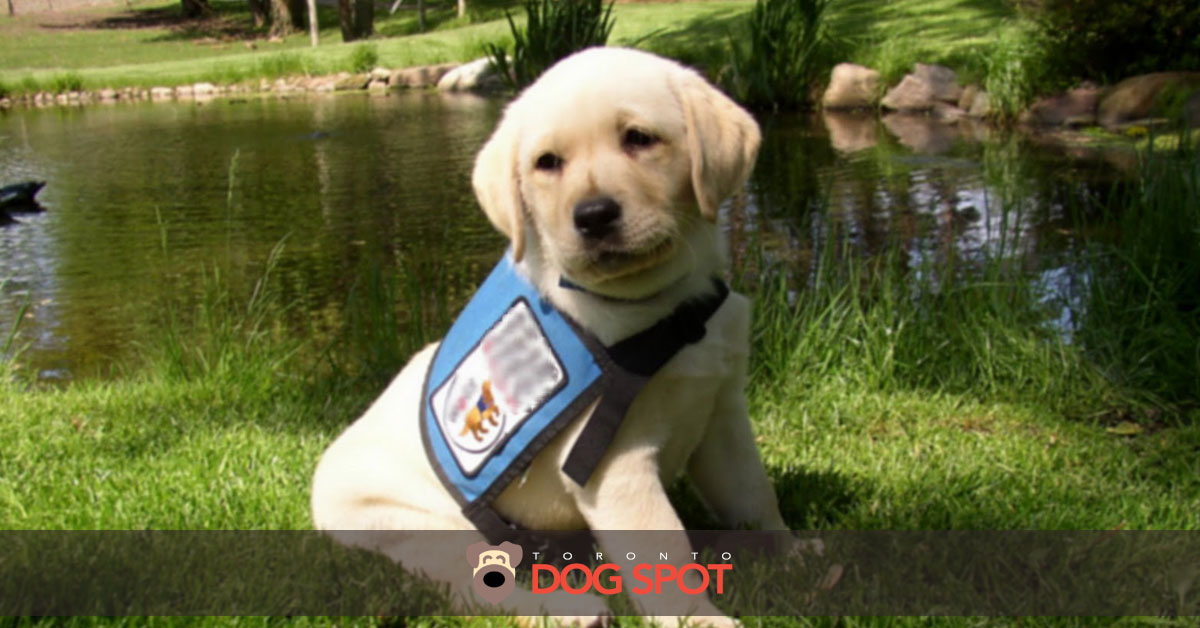What is A Seizure?
The normally functioning brain emits electrical activity that is caused by complex chemical changes that occur in the nerve cells. There are brain cells that excite the brain and there are cells that counter those excitatory signals. Normal brains have a balance of both, but when you have too much of one or the other, a seizure can ensue. Seizures by themselves are not a disease, but more a symptom to an underlying problem. A seizure can last anywhere from seconds to minutes and will present differently depending on what part of the brain is affected.
A Seizure Dog By any Other Name…
Seizure dogs are also known as seizure response dogs (SRD’s). There are a few well known breed names that are favoured to be seizure dogs. These include the Golden Retriever, Standard Poodle, German Shepherd, Akita, Rough Collie, Rottweiler, Cairn Terrier, and Great Pyrenees.
How Do Dogs Detect Seizures?
Seizure alert dogs are not trained to detect oncoming seizures. Even though there are some pups that have the instinct to detect seizures, assist dogs are trained to protect the person having a seizure by helping them to avoid injury when wandering. Service dogs can help by keeping their handlers safe during and after a seizure. Some common tasks that trainers can teach the dog include: staying close to the person with epilepsy to prevent injury, fetching medication or a telephone, alerting a caretaker, activating an emergency call system (e.g. pushing a Lifeline button) and “blocking” a wandering person from walking into dangerous areas.
I really encourage you to go to YouTube and check you seizure response dogs and see them in action. The pups can sense when there is a seizure about to happen and alert their human so that they can lie in a safe position. The pup will get under the legs to elevate them or climb over them to protect them. After the seizure, the pups will lick their face and hands in order to help their person come around faster as well as listen to their heart and check for breathing. They are not just great companions, they are life savers as well! Just as I said before… A-M-A-Z-I-N-G!
Join for a Chance to Win!
Monthly giveaways for all email subscribers.










